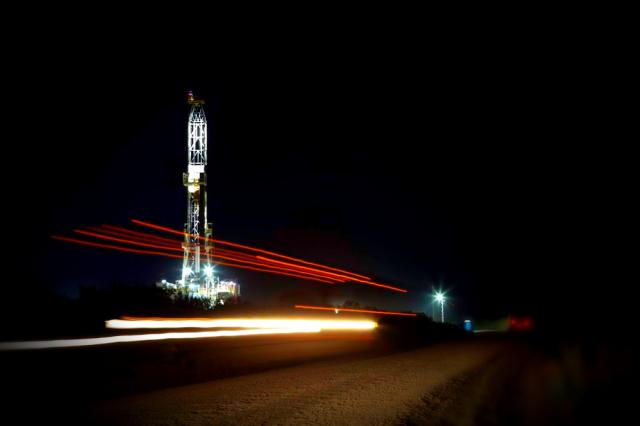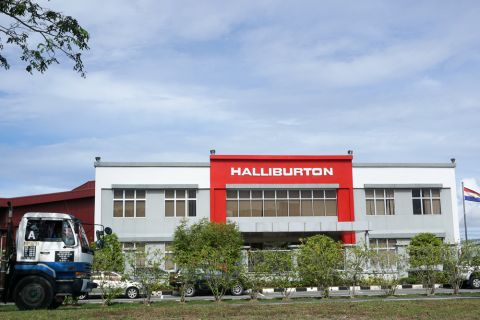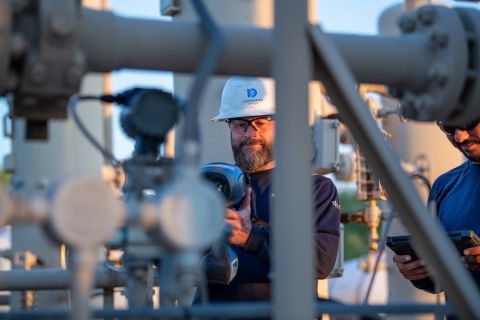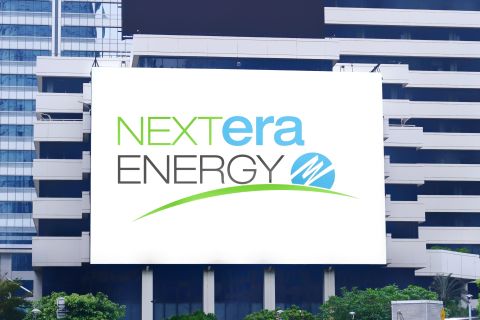
(Source: Hart Energy)
[Editor's note: This story originally appeared in the April 2020 edition of E&P. Subscribe to the magazine here.]
Completion designs have rapidly evolved over the past few years, serving as one of the drivers behind the exponential production growth of U.S. shale. However, the brisk evolution of those designs has resulted in scores of unconventional wells completed with outdated techniques and inferior fracture intensity, which subsequently has led to unrecovered—but certainly accessible—hydrocarbons.
Meanwhile, the oil and gas industry presently finds itself in a bit of a fix. Investors are demanding operators
be cash flow positive, but they also want to see production growth. How can operators improve their production amounts while also curbing activity to shave costs? There are likely many answers to that question, but one could be well refractures.
Refracturing a well is a risk/reward proposition, as some in the industry have discovered. At the February SPE Hydraulic Fracturing Technology Conference and Exhibition, Devon Energy’s John Bennett presented a paper on the results of his company testing a set of 15 liner refracs on wells that were understimulated in their Eagle Ford operations.
Of the 15 wells that were refractured, three suffered operational issues, with one well having been lost completely, Bennett reported. However, wells that were successfully refractured saw EUR increases of between 22% and 65% and up to a 20-time increase in production rate.
“Dramatic increases in pressure and production have been observed on the liner refracs,” Bennett wrote in the study. “The wells that have been executed successfully have exceeded return on investment expectations.”
Devon found that successful refracs can access previously untapped portions of the reservoir, but that the process also was more operationally challenging than completing a new well. Perhaps more importantly, Devon also discovered that refracs, for about 60% of the cost, can compete economically with drilling new wells and enhance field development.
However, not all understimulated wells are candidates for refracs. For example, Devon found that one refrac candidate was not selected after a poor pressure test. Akash Sharma, an Enverus analyst, explained in a paper evaluating refracs in legacy shale plays, presented at the 2019 SPE Eastern Regional Meeting, that operators can evaluate refrac candidates based on key performance indicators (KPIs) such as petrophysical parameters, initial completion design, chemical composition and formation quality, among others, to quantify the impact on refrac KPIs such as IP ratio, EUR ratio and decline trend impact.
Well refractures are nothing new to the U.S. shale industry, having been a tool in the toolbox for as long as wells have been fracked. But with modern completion designs having outpaced legacy well designs, and with operators looking for ways to maximize value, refractures may well be on the cusp of breaking new ground.
Recommended Reading
Mexico Presidential Hopeful Sheinbaum Emphasizes Energy Sovereignty
2024-04-24 - Claudia Sheinbaum, vying to becoming Mexico’s next president this summer, says she isn’t in favor of an absolute privatization of the energy sector but she isn’t against private investments either.
Rhino Taps Halliburton for Namibia Well Work
2024-04-24 - Halliburton’s deepwater integrated multi-well construction contract for a block in the Orange Basin starts later this year.
Keeping it Tight: Diversified Energy Clamps Down on Methane Emissions
2024-04-24 - Diversified Energy wants to educate on emission reduction successes while debunking junk science.
Solar Panel Tariff, AD/CVD Speculation No Concern for NextEra
2024-04-24 - NextEra Energy CEO John Ketchum addressed speculation regarding solar panel tariffs and antidumping and countervailing duties on its latest earnings call.
NextEra Energy Dials Up Solar as Power Demand Grows
2024-04-23 - NextEra’s renewable energy arm added about 2,765 megawatts to its backlog in first-quarter 2024, marking its second-best quarter for renewables — and the best for solar and storage origination.





